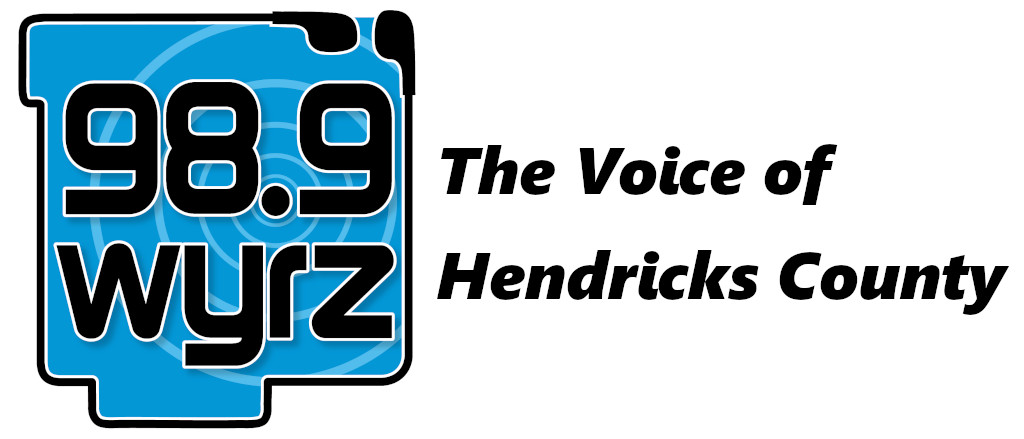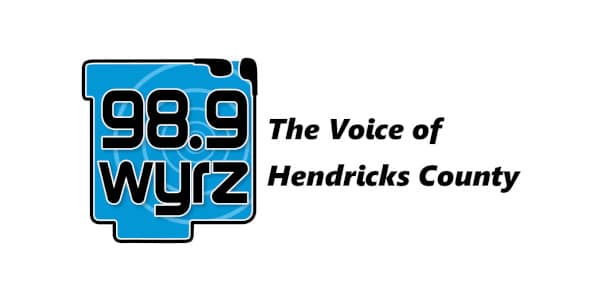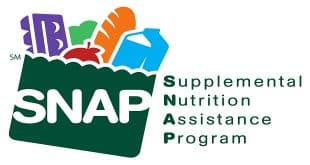INDIANAPOLIS – New data show Indiana children are making strides in education, but the state continues to struggle with high rates of child poverty. Those facts, among others, appear in the Annie E. Casey Foundation’s 2015 KIDS COUNT® Data Book. The Data Book provides a detailed picture of how children across the nation are faring by looking at four specific categories when ranking states: family and community, education, health and economic well-being.
Indiana ranked 32nd nationally in overall child well-being, a drop of five spots from last year’s report. Indiana’s lower ranking is due less to declines in the Hoosier State and more to minor improvements made by states such as Missouri, Montana, Oregon and New York.
Indiana came in at 35th in health and 31st in the family and community domain. The state ranked 23rd in the nation for children’s economic well-being. The Data Book also found:
- 345,000 Hoosier children are living in poverty, translating to more than one in five kids.
- 12 percent of children live in high-poverty areas. That’s up from 8 percent in 2008.
“It’s disheartening to see this trend get worse since the height of the recession in 2008,” said Glenn Augustine, interim CEO of the Indiana Youth Institute. “Historically, poverty lags behind other indicators in a recovery that follows a major economic downturn, and many Hoosier families are still struggling to provide basic living expenses.”
Indiana now ranks 25th for education, up one spot from 2014 and its best ranking to date. The state also is seeing an uptick in the math performance of all students, and the gap in performance between white and Hispanic students is shrinking the fastest.
“Various sectors in Indiana are focusing jointly on education and workforce development with an eye toward helping all students know all their options for earning an education or training that will result in a well-paying and meaningful career,” Augustine said.
“Just take a look around. The Regional Works Councils created two years ago are really building momentum, helping educators understand the needs of businesses and businesses to understand the need to open its doors to students and educators,” Augustine said. “This is carrying over into the ongoing process of revamping the state’s high school diplomas—an exercise that will be worth watching over the next several months.”
And while Hoosier students are doing better than their national counterparts when it comes to reading and math scores, there is still room for improvement.
- Sixty-two percent of eighth graders scored below proficient in math.
- Sixty-two percent of fourth grade students scored below proficient in reading.
As the state is in the early stages of funding pre-K programs in five cities, the Data Book reports the percentage of Hoosier children who did not attend preschool from 2011 through 2013 (61%) is higher than the national average (54%).
While the 2015 KIDS COUNT® Data Book report from the Annie E. Casey Foundation shows thousands of children continue to struggle, there are bright spots in the following categories:
- The percentage of Hoosier babies born with a low birthweight in 2013 (7.9%) is now below the national average (8%). This continues improvement for Indiana after several years of exceeding the national average. It also maintains the state’s percentage from 2012, the lowest since 2000.
- Fewer Hoosier kids (8%) are lacking health insurance compared to 2008 (10%).
- The percentage of teens who abused drugs/alcohol fell from 8 percent in 2007/2008 to 6 percent in 2012/2013.
A copy of the national KIDS COUNT® Data Book is available online, along with the Indiana Youth Institute’s KIDS COUNT® in Indiana Data Book and data for each Indiana county which were released in February. More detailed data searches may be conducted using the KIDS COUNT® Data Center or by contacting the Indiana Youth Institute directly.
The Indiana Youth Institute promotes the healthy development of children and youth by serving the people, institutions and communities that impact their well-being.






